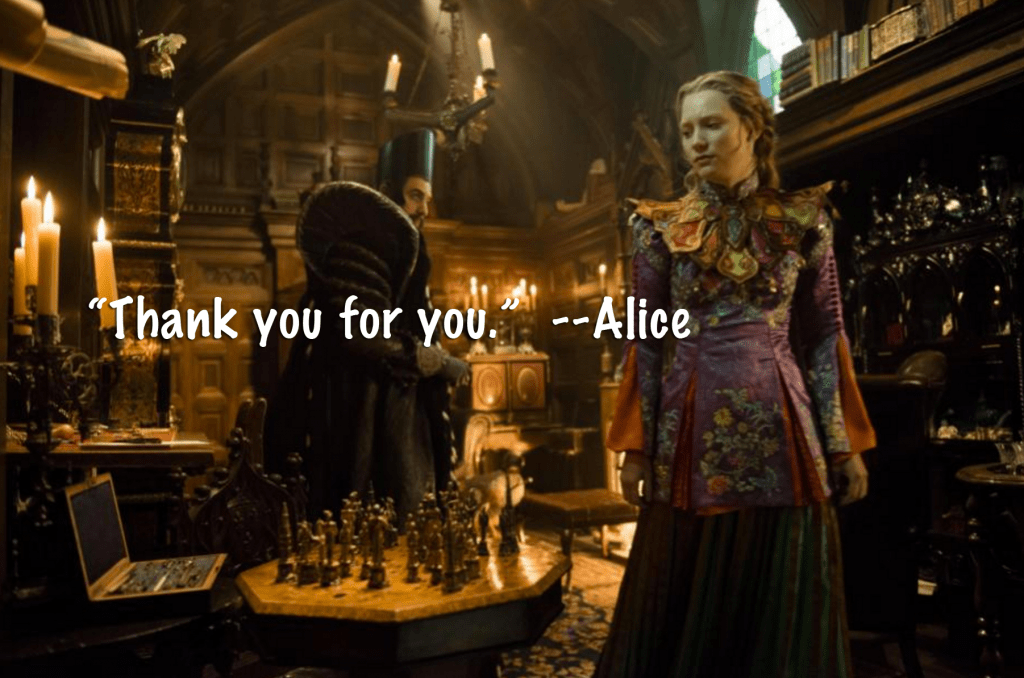
"There was a sense of 'is this book just for children or is it for adults?'" says Bailey. The publication of Through the Looking-Glass, meanwhile, took so long because Carroll had to wait for his schedule. Tenniel was the more powerful in the relationship – he was so unhappy with the quality of the initial print run that he insisted it be redone at great cost. Carroll knew what he was doing here: he'd made the canny decision to have it illustrated by John Tenniel, who was not associated with children's books – rather, he was famous as a Punch cartoonist, sending up political figures. Lines are re-interpreted in the modern age as Instagrammable inspirational quotes ("Sometimes I've believed as many as six impossible things before breakfast"), and some adaptations are distinctly for adults only, as we shall see, with artists finding potent metaphors in Carroll's tale.īut from its very first publication, Alice broke the bounds of "children's literature", to the extent that The Nation newspaper was able to suggest the book was more for adults than children, really. I have a Queen Alice T-shirt I know more people with tattoos inspired by the tale, from "Drink me" bottles to smoking caterpillars, than from any other single source.

And yet for many readers, neither Alice nor Wonderland are ever really consigned to childhood, but rather carried affectionately into adulthood. Alice: Curiouser and Curiouser opens at the V&A in London this month, having been much delayed by Covid-19.Īlice's Adventures in Wonderland began, so the story goes, when Charles Lutwidge Dodgson – aka Lewis Carroll – wove a yarn to entertain a real child named Alice Liddell and her sisters one summer's afternoon in 1862. And it's this ongoing legacy that forms the basis for the latest blockbuster museum show about Carroll's creation. Alice's Adventures in Wonderland, published in 1866, and its equally delightful 1871 sequel, Through the Looking-Glass, have inspired generations of artists working in all sorts of media, from film to theatre, fine art to pop music. No wonder then, really, that reinventing Lewis Carroll's fantastical, nonsensical creations into new forms has always proved irresistible. Alice falls down a rabbit hole, and steps through a mirror, into worlds where anything can happen, where even the sense of self is transformed: where a drink can make you shrink and a mushroom can make you grow where babies turn into pigs and a little girl can become queen where flowers and animals and playing cards all speak but logic and learning slip out of grasp.

For books that are all about surprising transformations, it should perhaps be no real surprise that Alice's Adventures in Wonderland and Through the Looking-Glass are among the most frequently adapted and reinterpreted stories ever written.


 0 kommentar(er)
0 kommentar(er)
